Comparative genomic analysis of the ‘pseudofungus’ Hyphochytrium catenoides
Data and Resources
-
Open Access PDFPDF
Open Biology
-
Supplementary Information
Figshare
-
S-BSST46
EMBL-EBI BioStudy
-
PRJEA61035
Sequence Data
-
PRJEB13950
Genome Assembly
-
LT578416
Mitochondrial Assembly
Additional Info
| Field | Value |
|---|---|
| Source | |
| Version | |
| Authors |
|
| Maintainer | |
| Maintainer Email | |
| Article Host Type | publisher |
| Article Is Open Access | true |
| Article License Type | cc-by |
| Article Version Type | publishedVersion |
| Date Last Updated | 2019-05-28T17:37:31.915017 |
| Evidence | open (via page says license) |
| Funder code(s) | |
| Journal Is Open Access | true |
| Open Access Status | gold |
| PDF URL | https://royalsocietypublishing.org/doi/pdf/10.1098/rsob.170184 |
| Publisher URL | https://doi.org/10.1098/rsob.170184 |
